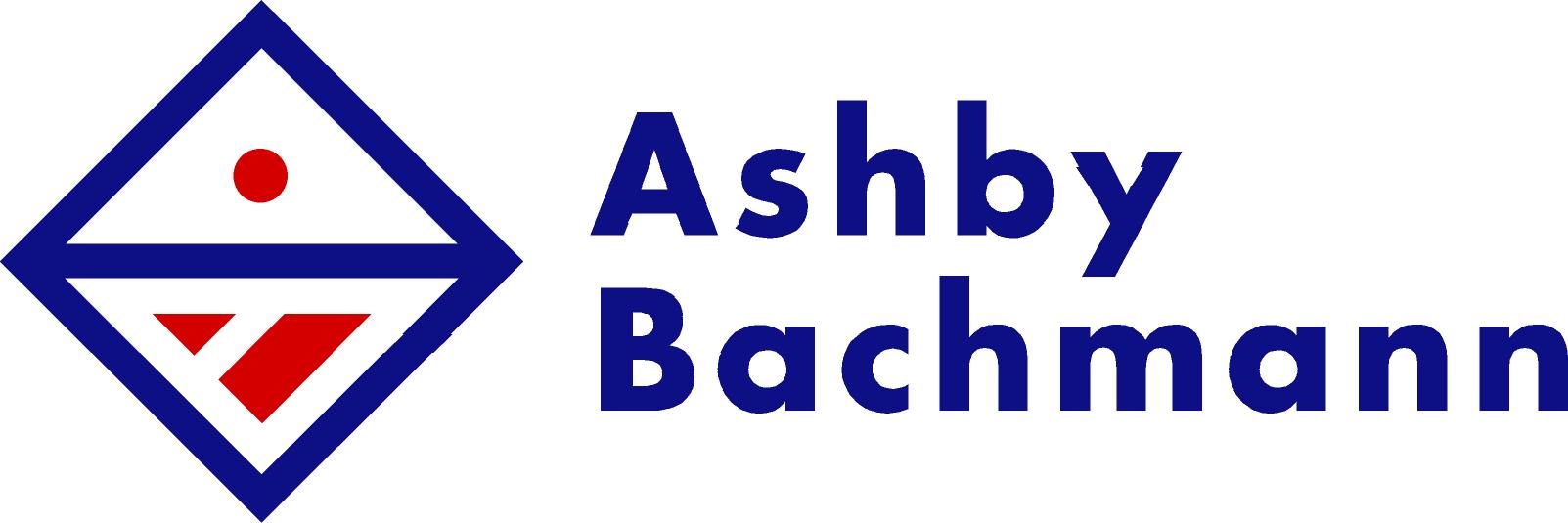“You never get a second chance to make a good first impression.”
Variously attributed to Oscar Wilde, Will Rogers, or more likely, an unnamed copywriter for Botany Suits, they are important words to remember when investing time and money in trade show participation.
Even more important, however, is the need to make any impression at all amid the many distractions at a major expo.
As I have explained in a previous blog it is critical that your signage tells potential customers what you do and why they should investigate your offerings – now – at your booth.
Here I offer a few suggestions on optimising your one chance of making an impression. More like Wilde than Rogers, they are controversial. Most of them will be ignored by the vast majority of the other exhibitors – except those with the most experience, the biggest booths, and the most money to invest. And of course, some of these ideas will cost more to implement – but they might well be the difference between success and failure of the whole investment, not just in money, but in time and corporate image.
Spare a moment to consider each of these ideas as appropriate to your offering, your personal style, your staffing capacity and, most importantly, your target market’s expectations.
- Don’t put anything between you and the customer: No tables, displays or banners should bar or deter prospects from entering the space you have paid so much to rent. Yes, it might make you feel uncomfortable being so close to strangers. But strangers are only customers who haven’t bought anything yet!
- Acknowledge but don’t intimidate: Informative signage should be the visitor’s first interest. You and your staff are there to augment that, not to replace it. Interact with visitors during their movement from one display item to the next – not while they are otherwise engaged.
- Be recognisable: Wear a badge or uniform to immediately identify your association with the booth. Dress as you expect the prospects to dress, or as they might expect you to dress in delivering your offering.
- Keep any promotional giveaways at the back: Invite prospects to come and get one, but don’t take it to them. Put a face to the ‘treat’. Make an impression, no matter how small.
- Keep brochures and business cards an arm’s length away from the aisle: Make prospects overtly invest to satisfy their need to collect If possible, hand them the material rather than have them help themselves – put a face to the offering.
- Collect registrant or ‘free draw’ information at the back: Direct attention to the value of the offering, not the cost. Ensure that you have ‘consent’ for follow-up. Inform all participants of the winner(s) – promptly.
- Ensure promotional offerings have a clear and realistic call to action: Significant investments cannot be made immediately, but neither should they be open-ended. Make the next action worthwhile and important, but recognise that the prospect may have other priorities.
- Keep any technology at chest level: Demos, videos or samples should be on pedestals, not on tables. Banners around the pedestal should clearly define, from a distance, what is on display. Pedestals makes supplying power more difficult, and you have to give more thought to safety from tripping and tipping, but it shows your interest in making a good impression by putting less stress on the audience’s neck.
Finally, and this isn’t optional,
- Check prejudices and biases at the door: You should know who your prospects are, but this is the 21 century. Decision makers come in all shapes, sizes, colours, genders and ages. A warm smile is appreciated by all, less so a handshake, other touching, or condescension.
Few first-time exhibitors will implement all of these ideas, but each will contribute to creating a good first impression about your business, and help recoup your investment in tradeshow participation.
